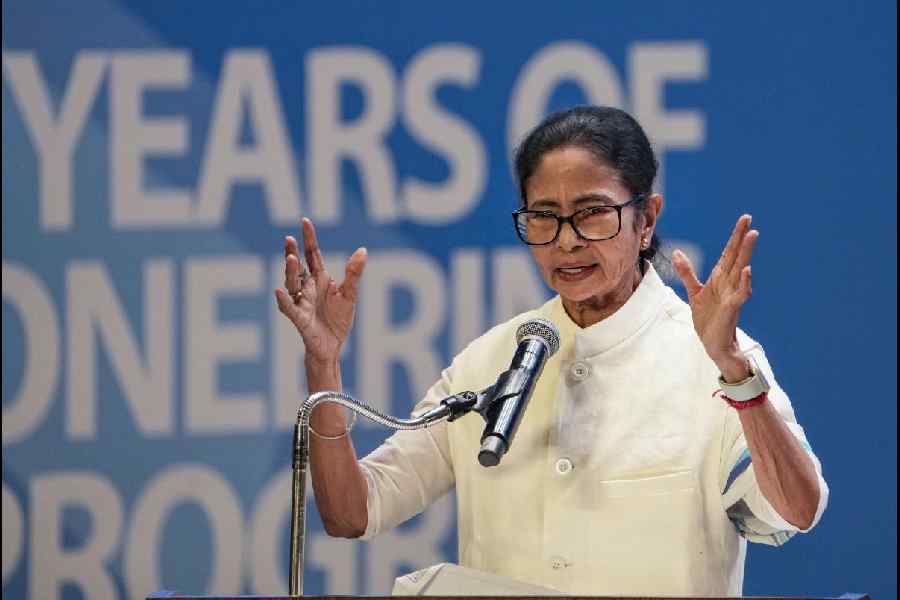President Xi Jinping’s government will impose a 34 per cent tariff on all imports from the US starting April 10, which will match the so-called reciprocal tariffs on Chinese products, besides rolling out a slew of export control measures in retaliation to President Donald Trump’s tariff war on the country.
The fact that these measures — restricting imports of poultry products and seven types of rare earths and putting 11 American companies on a list of “unreliable entities” — were announced simultaneously by multiple ministries on Friday, a public holiday, captured Xi’s intention to fight back Trump’s tariff assault.
The waft of tariffs announced by the Trump administration will raise levies on nearly all Chinese products to at least 54 per cent, dealing a blow to Chinese exports to the US.
“The US action does not abide by international trade rules, severely undermines China’s legitimate and lawful rights and interests, and is typical unilateral bullying,” the Chinese finance ministry said in a statement announcing the 34 per cent tariffs.
The US president was quick to respond to China’s tit-for-tat act. In a social media post, he wrote: “CHINA PLAYED IT WRONG, THEY PANICKED — THE ONE THING THEY CANNOT AFFORD TO DO!”
The US and China, the two biggest economies in the world, have a lot of interdependence though the balance has always been tilted in favour of China because of its higher export volume. Experts think that Trump’s sweeping tariffs will have a significant impact — up to two percentage points decline in the GDP — on the Chinese economy.
Bloomberg reported that despite these concerns, Chinese stocks witnessed a “slight decline” on Thursday before the holiday, with investors betting that Xi will unleash enough monetary and fiscal stimulus — with a focus on domestic economy — to ensure he hits an ambitious growth target of around 5 per cent in 2025.
Beijing’s belligerence to retaliate before the US tariffs take effect on April 9 marked a shift from its previous approach of waiting until duties were in place.
“The speed in which the counter measures were rolled out shows a high level of deliberation and a suite of appropriate responses to hit back at the US,” Dylan Loh, assistant professor at the Nanyang Technological University in Singapore was quoted by Bloomberg. “It strikes the balance between inflicting some pain but not being seen as an overreaction.”
Opening another front with the US, Beijing said it had launched a formal complaint against the new US tariffs with the World Trade Organisation on Friday, saying the measures violate WTO rules, reported Reuters.
“China has filed the WTO complaint with respect to the United States’ measures,” the Permanent Mission of China to the World Trade Organisation said in a statement.
The new tariffs blatantly violate WTO rules, it added.
The WTO Secretariat confirmed to Reuters on Friday that it had received the request for consultations from China.
Bilateral consultations are the first stage of formal dispute settlement. If no solution is found within 60 days, China could request adjudication by the Geneva-based organisation’s Dispute Settlement Body.
While China has taken the tariff war to the global body besides launching its own offensive, most other countries — despite announcing plans to take on Trump’s reciprocal tariff — have been on a wait-and-watch mode.










